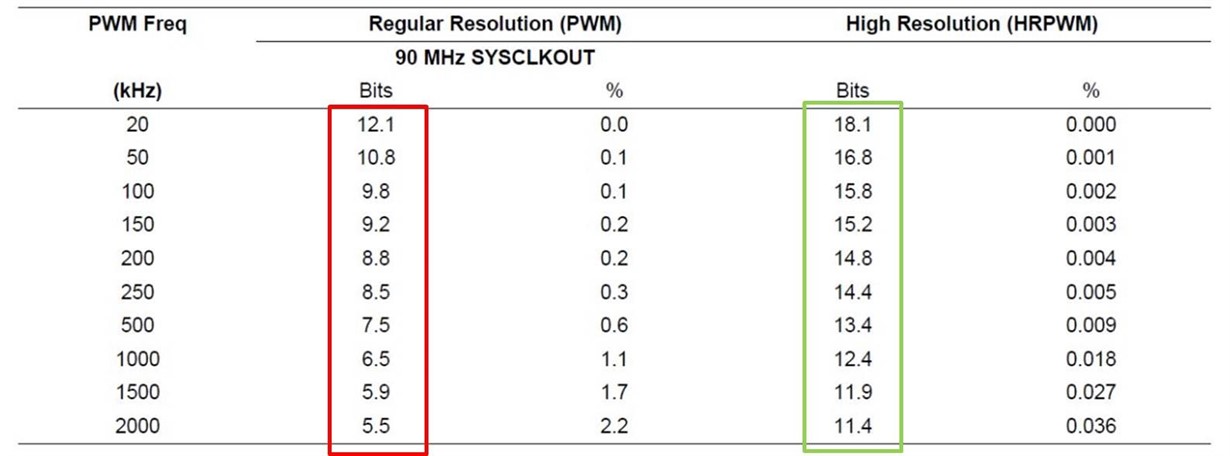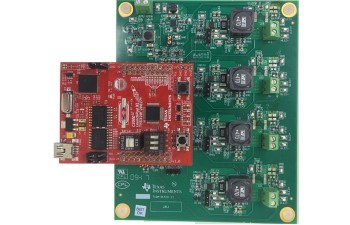SSZT982 august 2017 LM3409 , TMS320F28027
In part 1 of this series, we discussed a few challenges associated with a color-tunable, dimmable light-emitting diode (LED) light source and the various advantages and disadvantages of dimming methods such as analog, pulse-width modulation (PWM) and shunt FET dimming.
In this installment, we will discuss the need for high PWM frequency as well as high resolution in stage-lighting applications, along with a design in the TI Designs reference design library that helps solve system-level challenges.
PWM Frequency and Resolution
In order to avoid video banding issues, the LED’s PWM modulation frequency will have to be well above the shutter speed of high-end cameras and video cameras (approximately 30kHz). At the same time, higher PWM resolution enables wide color-gamut generation, which could help bring out the best color performance. The DMX512 communication interface used for stage-lighting applications supports both 8- and 16-bit PWM modes. Using the 16-bit mode with true 16-bit resolution can bring out the best possible color performance for this end equipment.
 Figure 1 Comparing Standard PWM and High-resolution PWM Resolution
Figure 1 Comparing Standard PWM and High-resolution PWM ResolutionA TI Reference Design for a Color-tunable RGBW LED Luminaire
The 100W High-Resolution 16-Bit Color-Tunable 0.15% Dimmable RGBW LED Luminaire Reference Design demonstrates the finest range of color control of individual RGBW LED strings, with >16 bits of PWM resolution while supporting PWM modulation frequencies as high as 30 and 50 kHz. This reference design enables the development of highly efficient color-tunable LED luminaires capable of wide color-gamut generation with trillions of colors, while at the same time being imperceptible to high-end cameras and video broadcast equipment.
 Figure 2 Color-tunable Dimmable RGBW
LED Luminaire Reference Design
Figure 2 Color-tunable Dimmable RGBW
LED Luminaire Reference DesignThis TI Design supports three different LED current control methods such as analog, PWM-based enable and disable of buck current controller and Shunt FET type. For color control and dimming you can use either one of these or combination of these methods to get the best dimming range and color tunability. LED constant current control IC LM3409 with constant off-time (COFT) control enabled highly linear dimming range with excellent contrast ratio. The use of C2000 microcontroller with HRPWM feature enabled achieving both high resolution and high PWM frequency which is needed in applications like “Stage lighting” and “Architectural Lighting”.
Additional Resources
- Read how cameras react differently to images lit with PWM-dimmed LEDs in the article “Rolling, rolling, rolling ...”
- Read the Power Designer article, “Dimming Techniques for Switched-Mode LED Drivers”
- Learn more about how a High Resolution Pulse Width Modulator (HRPWM) of C2000 Microcontroller works